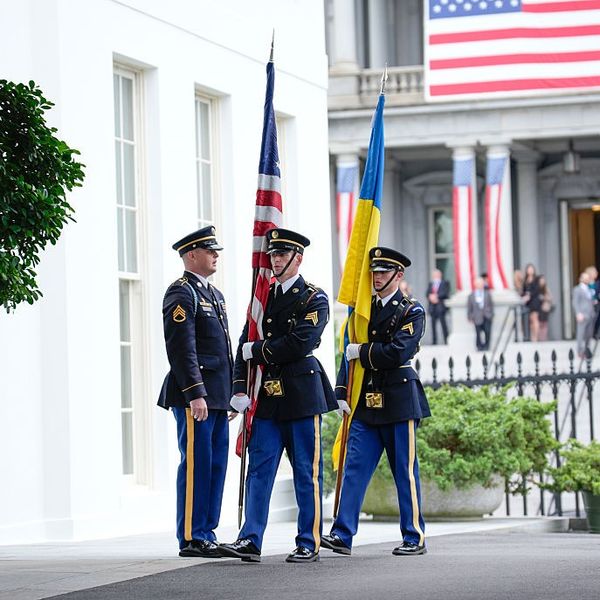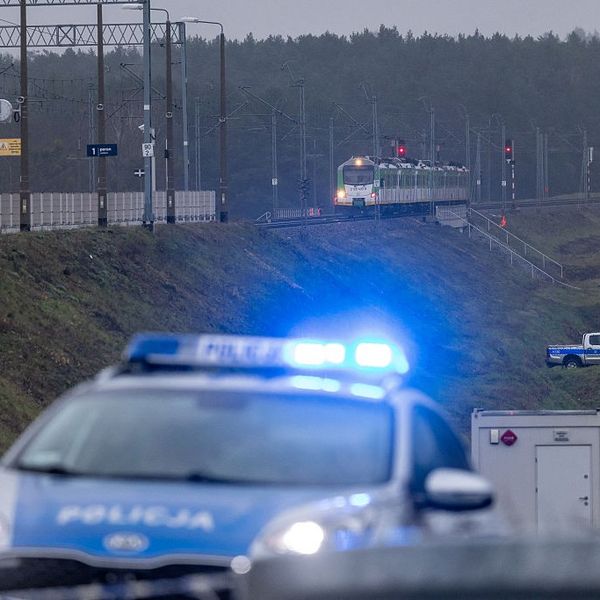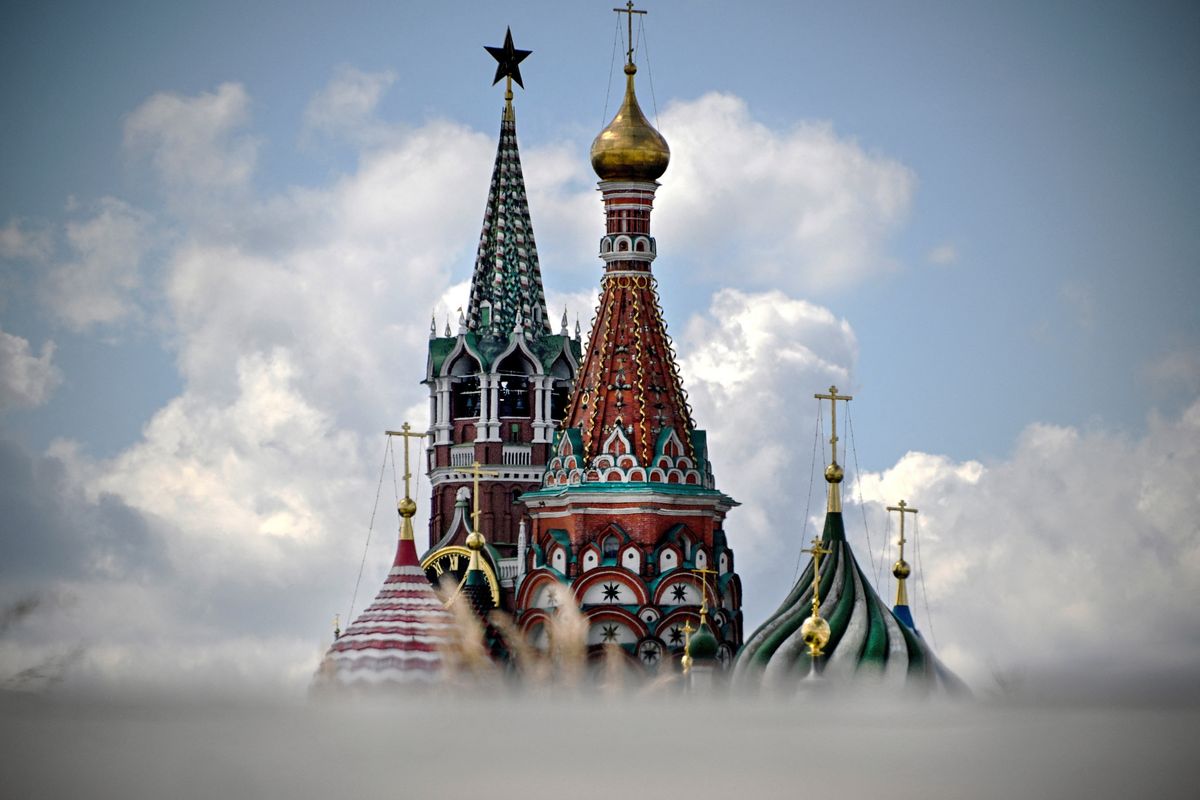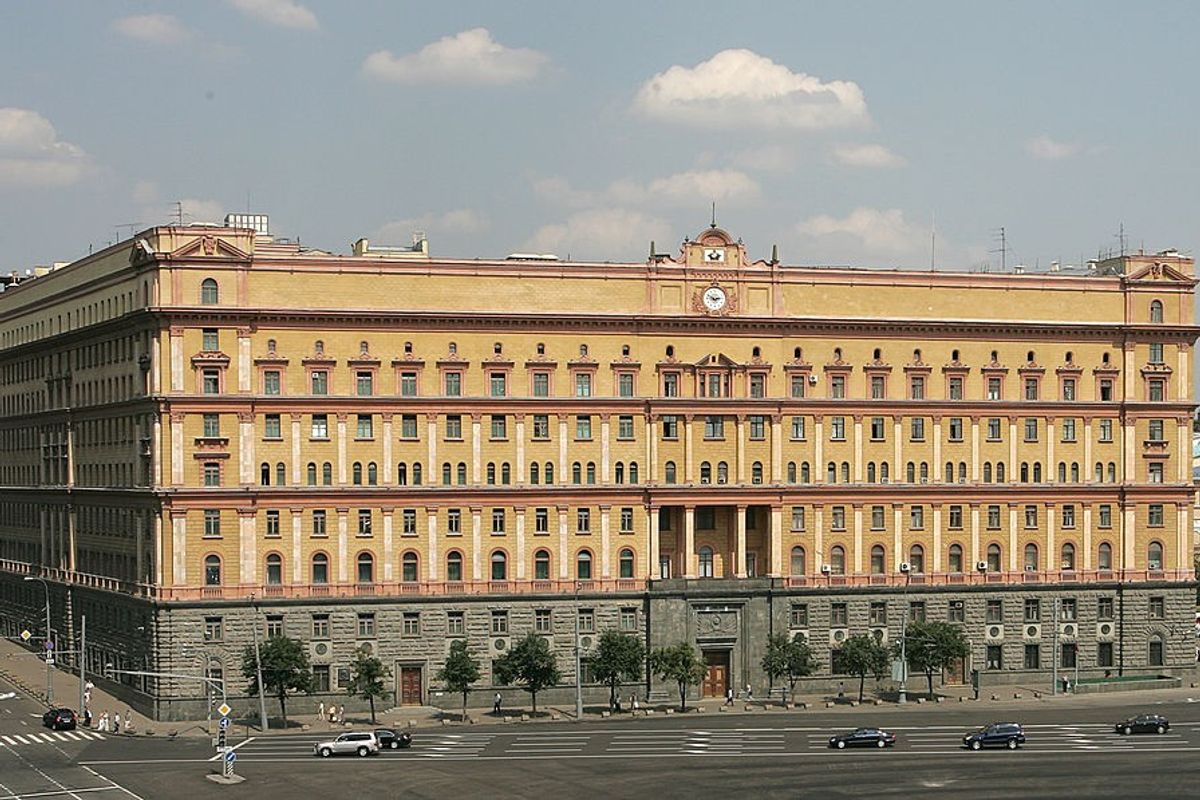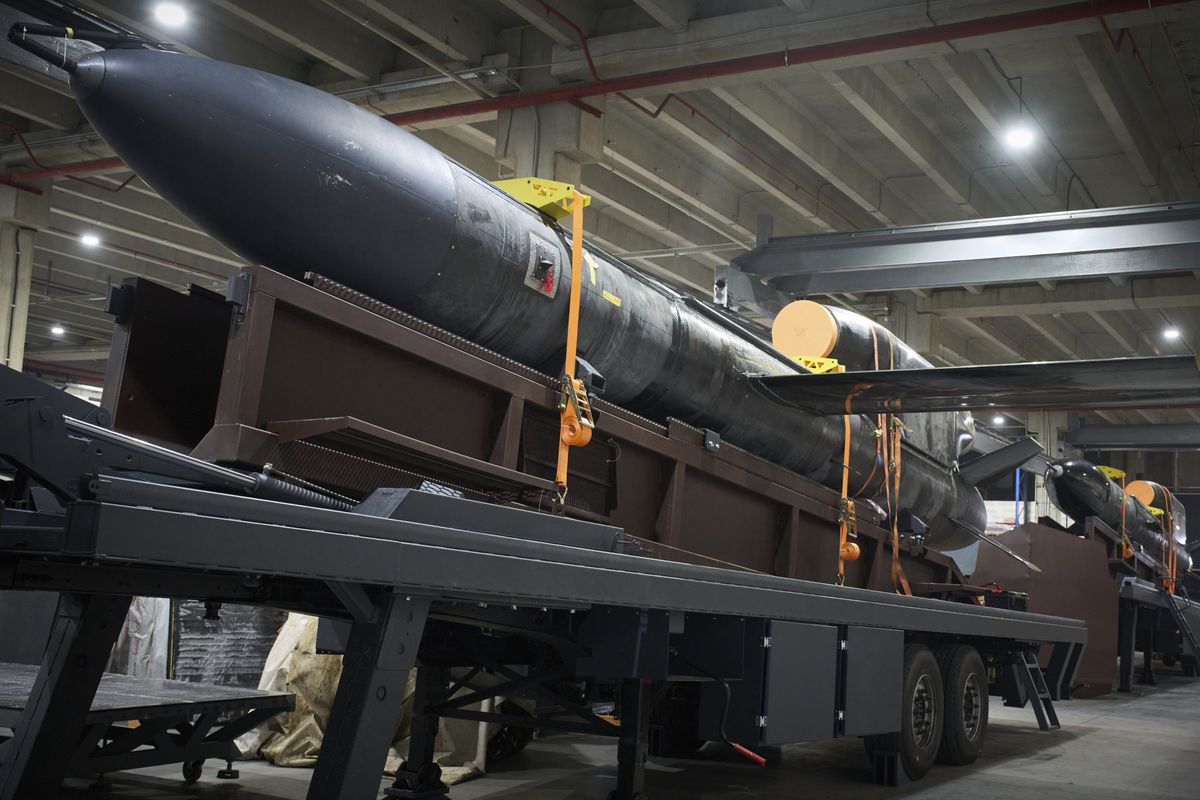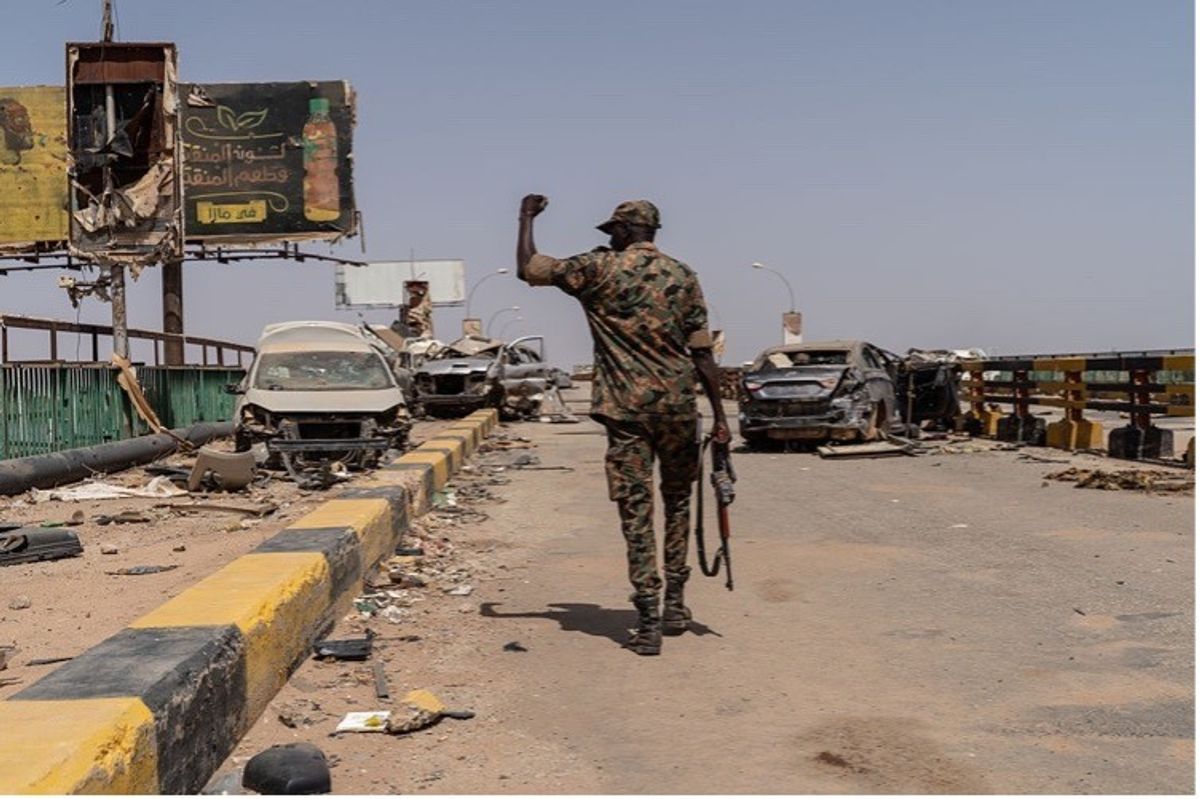OPINION — Let us hope that the nadir of European delusion was reached on 7th December when a TV commentator at the reopening of Notre Dame Cathedral in Paris wondered aloud whether President-elect Donald Trump’s yellow tie and blue suit should be taken as a positive signal that he would not abandon Ukraine.
NATO Secretary General Mark Rutte suffered no such illusions. Two weeks earlier he had met Trump in Palm Beach, Florida. According to a senior NATO official in Brussels he emerged from that meeting with a sense of profound shock. Rutte pondered whether a European commitment to spending 3% of GDP on defence would satisfy the incoming US administration or whether 4% would be required. He has since sounded a clarion call to allies to adopt a wartime mindset.
Since then there has been a flurry of activity. Sir Keir Starmer visited Estonia to meet British troops and to attend a summit meeting of the Joint Expeditionary Force (JEF), a grouping of northern European members of NATO (UK, Netherlands, Finland, the five Nordic countries and the three Baltic States) where he commented “I think all of us have put in more capability into Ukraine by way of equipment.”
Britain is regarded as the leader of the JEF but a senior Estonian has told me that London’s position is regarded with increased scepticism. Unlike Poland which has matched its condemnation of Russia with substantially enhanced military spending Britain “has talked a good game” without underpinning the words with military capability. He commended the former Defence Secretary Ben Wallace for the training of Ukrainian forces since 2014 and for the provision of NLAW early in the campaign and the subsequent provision of STORM SHADOW. However Wallace had run Britain’s own armed forces into the ground and failed to reprovision the ammunition stocks provided to Ukraine.
The new Veterans’ Minister Al Carns has recently estimated that Britain could only sustain a war lasting six months. However most observers doubt that British forces could survive more than a few weeks. One small example. Britain has only 213 Challenger 2 tanks whereas Ukraine has lost over 5,000 in under three years.
Everyone needs a good nightcap. Ours happens to come in the form of a M-F newsletter that provides the best way to unwind while staying up to speed on national security. (And this Nightcap promises no hangover or weight gain.) Sign up today.
The British Strategic Defence Review (SDR) is being watched closely by both the JEF and NATO. Although chaired by a highly regarded former NATO Secretary General, George Robertson, nobody is under any illusions of the tight budgetary parameters within which he is operating. British Defence spending of 2.3% may seem reasonable but it includes the nuclear deterrent which eats into the resources available for conventional forces. The evident need for Britain to have some basic defences against incoming missiles and some improved drone capability means that there will be nothing left to put Britain onto a credible war footing.
Prime Minister Keir Starmer did not even include Ukraine amongst his six priorities in his “reset” speech on 5th December and his opponents and the press did not even pick him up on the point, preferring instead to comment on the absence of migration targets. Nothing better reflects an inability or unwillingness to bring the realities of the Ukraine situation into the domestic political arena.
Europe will be hard pressed to get a seat at the table if Trump opens negotiations with Putin. Europe was barely consulted about the evacuation of Afghanistan. The only way to be taken seriously by the US administration would be to declare a transformational change to European defence and to volunteer to take over the bulk of the costs of the Ukraine war in return for keeping the US embedded in NATO and the continued provision of key US capabilities such as heavy airlift and intelligence. This could be a minimum requirement for changing Trump’s mind and would be far more effective if offered up-front rather than extracted under duress.
It is bizarre that the future of European security relies almost entirely on the whims of one highly unpredictable man. Persuading Trump of the importance of NATO and of defeating Putin in Ukraine has become a crucial race to be won against sceptics such as Vice President-elect J.D.Vance and hostile members of NATO such as Hungary. Europe needs to select its best team to deliver the necessary persuasion and that probably means Mark Rutte being assisted by Georgia Meloni of Italy and Donald Tusk of Poland. However words will not impress Trump as much as a firm commitment to increased defence spending.
Keir Starmer has taken a risk in replacing the highly effective British Ambassador in Washington, Karen Pierce, with Lord Peter Mandelson. Mandelson is a political heavyweight and a canny operator but there are many aspects to his politics which Trump detests. And will Mandelson have the humility to involve Boris Johnson and Nigel Farage in what must be viewed as a national priority; to prevent Trump handing Putin a diplomatic victory as a reward for his military incompetence and political ineptitude?
Finally what happens if Putin refuses to come to a land for peace deal in 2025? From his point of view he is winning in Ukraine, albeit at a snail’s pace and taking massive casualties. Ukraine is running out of manpower and beginning to lose heart. France and Germany are in political disarray. Having experienced a setback in Syria Putin may be in no mood for compromise.
What would NATO do if Russian troops were to break though Ukrainian defences and suddenly (like the British army in 1918) start advancing 20 miles rather than 20 yards each day. What if Mykolaiv and Odesa fall on the Black Sea coast and Russian troops set off towards Moldova or if they cross the Dnipro River and head north-west towards Kyiv?
This column by Cipher Brief Expert Tim Willasey-Wilsey was first published in The Scotsman newspaper under the title Are we going to war in 2025?
Are you Subscribed to The Cipher Brief’s Digital Channel on YouTube? Watch The Cipher Brief’s interview with CIA Director Bill Burns as he talks about The Middle East, Russia, China and the thing that keeps him up at night. Become a Cipher Brief YouTube Subscriber today.
Read more expert-driven national security insights, perspective and analysis in The Cipher Brief because National Security is Everyone’s Business.



